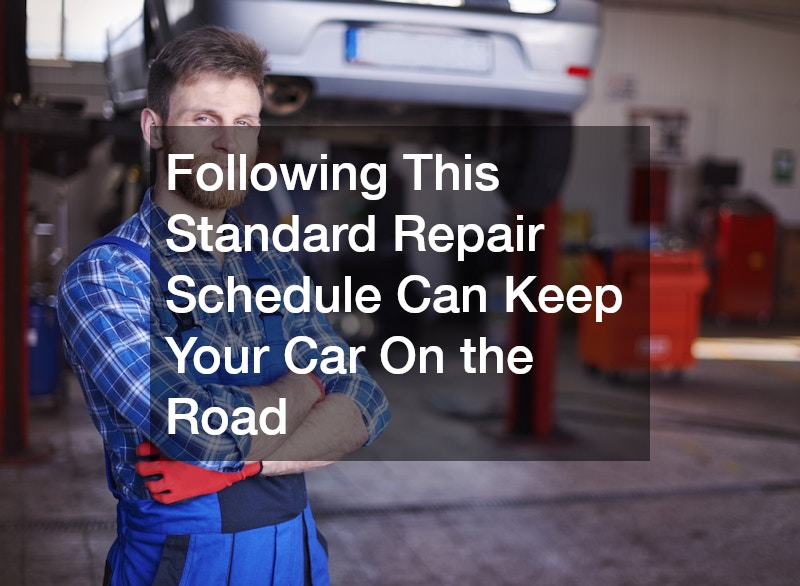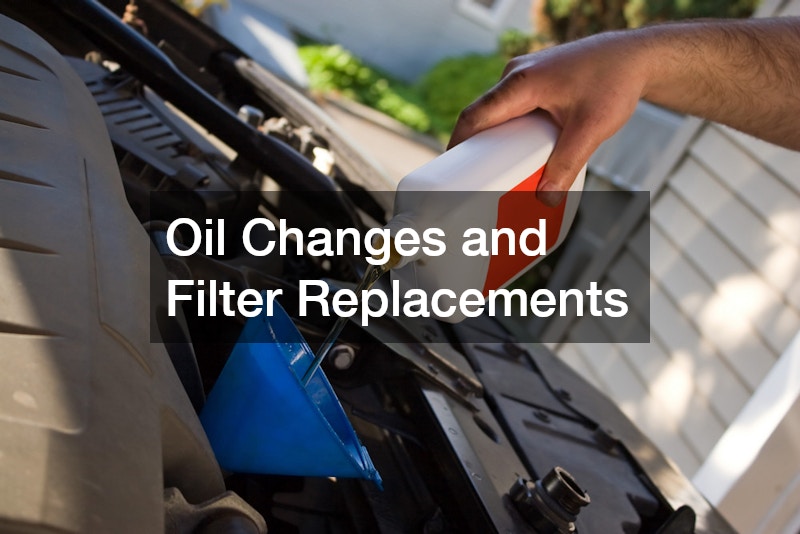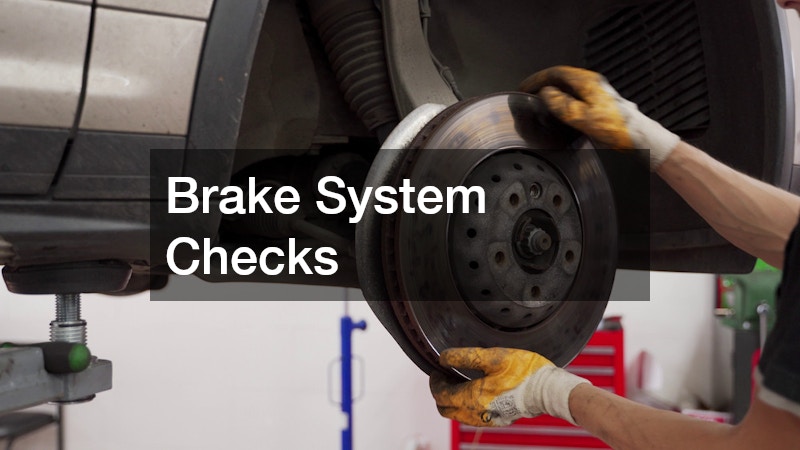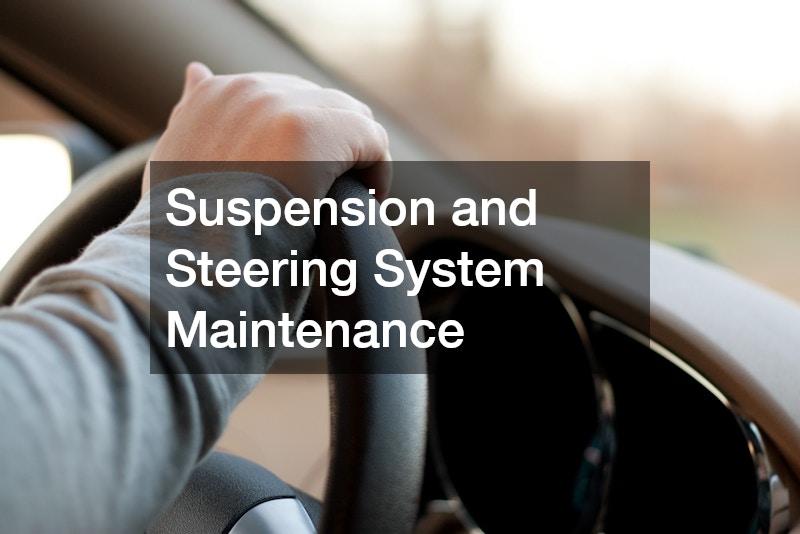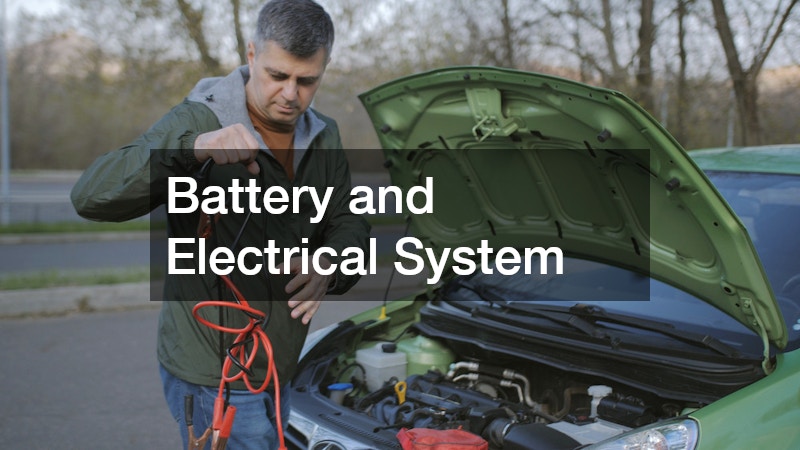
A car is more than just a means of transportation—it’s a vital part of daily life, whether you’re commuting to work, picking up kids, or hitting the road for a weekend getaway. Yet many drivers take their vehicles for granted until something breaks. Regular maintenance is the single most effective way to avoid breakdowns, prevent expensive damage, and extend the life of your vehicle. Following a standard repair schedule can help you avoid unexpected failures, improve safety, and maintain your vehicle’s resale value.
While every car has different service requirements depending on make, model, and age, most manufacturers provide a maintenance guide with mileage-based milestones. These schedules aren’t arbitrary—they’re designed based on real-world wear and tear. Whether you’re a new car owner or managing an aging vehicle, adhering to a consistent plan will save you money and headaches down the road.
Oil Changes and Filter Replacements
One of the most critical and frequently overlooked steps in vehicle maintenance is the oil change. Fresh oil keeps your engine lubricated and prevents heat buildup that can cause engine components to wear prematurely. As part of any standard repair routine, you should aim to change your oil every 3,000 to 5,000 miles, or follow your manufacturer’s specific guidelines.
Skipping oil changes doesn’t just hurt performance—it can result in long-term engine damage that requires extensive work or even engine replacement. If you’ve already visited multiple auto shops in the past year for unrelated issues, there’s a good chance some of those problems stemmed from neglected oil maintenance.
In addition to oil changes, don’t forget to replace the oil filter and air filter regularly. Dirty filters reduce fuel efficiency and force the engine to work harder, leading to a variety of downstream vehicle repair needs that could have been avoided. If you frequently drive in dusty or polluted environments, you may need to change filters more often than usual.
Tire Maintenance and Rotation
Your tires are the only contact between your car and the road, and maintaining them is critical for safety and fuel economy. Every 6,000 to 8,000 miles, have your tires rotated to ensure even wear across all four wheels. Uneven tread can result in poor handling, longer stopping distances, and increased blowout risk.
Regular tire inspections should include checking air pressure, tread depth, and alignment. If your steering feels off-center or your car drifts to one side, it might be time to visit an auto repair service for a proper alignment check. Maintaining good tire condition is an easy, affordable way to improve performance and avoid costly suspension damage.
Some drivers may not realize that tire issues can even impact braking systems. Visiting a brake shop only to find out your tires are part of the problem can be frustrating—and expensive—so keeping them in good condition should always be part of your standard repair checklist. Many local shops offer tire service bundles that combine rotation, balancing, and pressure checks to save time and money.
Brake System Checks
Your vehicle’s brake system is its most essential safety feature, and it should be inspected at regular intervals—ideally every 10,000 to 15,000 miles. This includes checking brake pads, rotors, calipers, brake fluid, and lines for wear and damage.
If you hear grinding or squeaking when you brake, or if your car pulls to one side when stopping, it’s time to head to a brake shop for a thorough inspection. Waiting too long can compromise your safety and lead to much more expensive repairs down the line.
Brake fluid should be flushed and replaced every 30,000 miles or as recommended by your owner’s manual. As a part of a proactive standard repair strategy, this routine maintenance not only prevents accidents but also ensures that your vehicle remains responsive in emergency situations. Some modern cars have sensors that alert you to brake wear—pay attention to those alerts and don’t delay service.
Engine Performance and Spark Plugs
Your engine’s performance is directly tied to small but crucial components like spark plugs, wires, and ignition coils. These parts need to be inspected and replaced according to manufacturer guidelines, usually around the 30,000 to 100,000-mile mark.
Neglected spark plugs can cause your engine to misfire, reduce fuel efficiency, and create difficulty starting the car. Replacing them on schedule is a simple step that prevents more complex local engine repairs. Many auto repair professionals recommend including spark plug service in your broader tune-up routine.
Don’t forget to check the engine belts and hoses during these appointments as well. These parts may seem minor, but their failure can cause major vehicle repair needs—often at the most inconvenient times. If you drive an older car, it’s especially important to monitor these components, as they are more prone to cracking and wear.
Suspension and Steering System Maintenance
The suspension system—including shocks, struts, and coil springs—plays a vital role in your car’s handling and ride comfort. Over time, these components wear down due to road conditions, driving style, and age. Uneven tire wear, clunking noises, or a bouncy ride are all signs you should have your suspension evaluated.
Coil springs in particular bear the weight of the vehicle and absorb road impacts. Damaged springs can lead to poor alignment and even damage your vehicle’s frame or tires. These issues often go unnoticed until a mechanic discovers them during a standard repair appointment.
If you live in an area with harsh winters or poorly maintained roads, your suspension system may wear down more quickly than the average. Including suspension checks in your regular maintenance plan can prevent cascading damage that leads to expensive visits to a local auto body shop. Even simple fixes like replacing worn bushings or tightening loose components can make a noticeable difference in how your vehicle handles.
Transmission Fluid and Gearbox Inspection
Transmissions are some of the most complex and expensive parts of any vehicle. Regular fluid checks and scheduled servicing can prevent transmission failure, which often requires full rebuilds or replacements costing thousands of dollars.
Transmission fluid lubricates and cools the gearbox, and dirty or old fluid can lead to slipping gears, grinding, or overheating. Most manufacturers recommend checking transmission fluid every 30,000 to 60,000 miles, depending on whether your car is manual or automatic.
Keeping this component healthy is especially important if you’ve previously needed auto collision repair. Impact from an accident can damage transmission mounts or even disrupt gear synchronization, so regular inspections are key after any body damage has been repaired. If your car hesitates or jerks when shifting gears, don’t wait—get it checked immediately.
Battery and Electrical System
Modern vehicles rely heavily on electrical systems—from starting the engine to running lights, sensors, and infotainment systems. Batteries typically last three to five years, but extreme weather and frequent short trips can reduce their lifespan.
Make battery testing part of your regular standard repair routine, especially if you’re experiencing flickering lights or slow engine cranking. A bad battery can also strain your alternator, leading to dual-component failures.
Along with the battery, your alternator, fuses, and starter motor should be checked periodically. These components often wear out gradually, and a comprehensive inspection by experienced auto shops can help detect issues early. Consider upgrading to a higher-quality battery if you frequently use power-hungry electronics or park outdoors in harsh climates.
Cooling System and Radiator Health
Your car’s cooling system keeps the engine from overheating and consists of the radiator, coolant, thermostat, water pump, and hoses. Over time, debris and sediment build up in the coolant, reducing its ability to regulate engine temperature.
Flushing the coolant system every 30,000 miles helps prevent overheating, corrosion, and internal damage. If your car has ever experienced overheating, you’ll want to make radiator inspections part of your permanent vehicle repair schedule.
Leaks in this system can be hard to spot, which is why it’s best to schedule preventive inspections as part of a comprehensive standard repair plan. Ignoring cooling system issues could lead to blown head gaskets or cracked engine blocks—both costly and time-consuming to fix. Radiator replacement is expensive, but proactive maintenance can help you avoid it altogether.
Exhaust and Emissions Components
The exhaust system is responsible for directing harmful gases away from your car while reducing noise and emissions. Over time, components like the muffler, catalytic converter, and O2 sensors can corrode or become clogged.
A failing exhaust system may lead to poor fuel economy, performance issues, and failed emissions tests. In some cases, small leaks can even allow dangerous carbon monoxide into the vehicle cabin.
Regular emissions testing and visual inspections during your auto repair service visits can prevent these problems. For those in states with strict emissions regulations, keeping your exhaust system in check is essential to remaining compliant. Replacing oxygen sensors when they fail can improve fuel economy and help your car run more efficiently.
Cosmetic and Structural Bodywork
While many car owners focus on internal systems, maintaining your car’s appearance is also important. Body damage, chipped paint, and rust spots can devalue your vehicle and worsen over time. After an accident or even a minor fender bender, visiting a local auto body shop is a smart move.
If your car has sustained minor dents or scratches, a visit to a car detailing company may be enough to restore its shine. However, larger body issues may require structural realignment or auto collision repair, especially if safety features like crumple zones have been compromised.
Cosmetic upkeep is more than vanity—it protects your vehicle from further damage. Adding occasional detailing and body inspections to your standard repair calendar helps preserve your car’s longevity and value. It also gives you pride of ownership, which encourages better care across the board.
Interior and Safety Feature Functionality
Seat belts, airbags, backup cameras, and lane assist systems should be routinely checked to ensure they’re functioning correctly. As modern cars continue to evolve with advanced driver-assist features, these electronics become even more integral to your safety.
If any warning lights appear on your dashboard, don’t ignore them. Even if the car appears to be driving normally, there could be an underlying issue. Regular diagnostic scans by reputable auto repair professionals can identify trouble codes before they become expensive failures.
Interior maintenance—such as cleaning air vents, replacing cabin filters, and checking seat adjustments—should also be part of your overall plan. These details contribute to your comfort and long-term satisfaction with your vehicle. Plus, they’re often quick and inexpensive to address during routine service visits.
Seasonal and Mileage-Based Maintenance
Lastly, it’s important to recognize that weather and mileage influence what your vehicle needs. In colder climates, salt can lead to undercarriage corrosion, while in hot climates, rubber components like belts and hoses wear faster. Adjust your standard repair schedule to accommodate these environmental factors.
Mileage-based benchmarks—typically at 30,000, 60,000, and 90,000 miles—often come with bundled services that include fluid changes, filter replacements, and full-system inspections. Following these guidelines ensures your vehicle stays in peak condition.
If you use your car for heavy commuting, off-road driving, or towing, your maintenance needs may be more frequent than average. Make adjustments accordingly and always consult your owner’s manual or a trusted mechanic for personalized recommendations. Regular inspections reduce the risk of breakdowns and give you more control over long-term ownership costs.
A car is one of the most significant investments you’ll make, and keeping it on the road isn’t just about reacting to problems—it’s about preventing them. Sticking to a consistent standard repair schedule is the key to long-term reliability, better performance, and lower repair costs. It’s not enough to respond when something breaks—you need to anticipate and act before it does.
Whether you’re scheduling oil changes, visiting a brake shop, checking coil springs, or booking an appointment for auto repair, consistency is what protects your car—and your wallet. Trusted auto shops can be your partners in this process, helping you navigate everything from vehicle repair to auto collision repair and even cosmetic care from a car detailing company.
Ultimately, a well-maintained car isn’t just safer and more efficient—it’s a car you can count on. Stick to the plan, stay proactive, and your vehicle will return the favor with years of dependable service.
